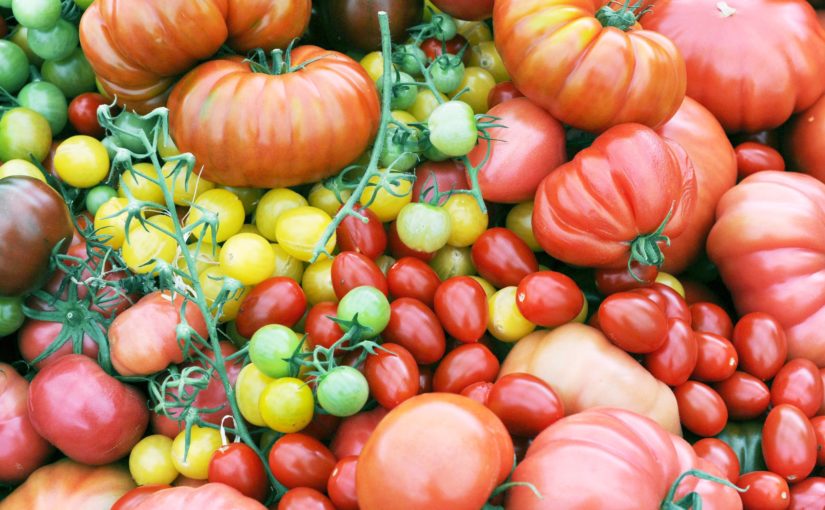Aug 8
In Refrigerated Trucks and Storage, Tomatoes Lose Nutrients at the Genetic Level
Health
The tomato hitching a ride home in your grocery bag today is not the tomato it used to be. No matter if you bought plum, cherry or heirloom, if you wanted the tastiest tomato, you should have picked it yourself and eaten it immediately.
That’s because a tomato’s flavor — made up of sugars, acids and chemicals called volatiles — degrades as soon as it’s picked from the vine. There’s only one thing you can do now: Keep it out of the fridge.
Researchers at The University of Florida have found in a study published Monday in Proceedings of the National Academy of Sciences that when tomatoes are stored at the temperature kept in most refrigerators, irreversible genetic changes take place that erase some of their flavors forever.
Harry J. Klee, a professor of horticultural sciences who led the study, and his colleagues took two varieties of tomatoes — an heirloom and a more common modern variety — and stored them at 41 degrees Fahrenheit before letting them recover at room temperature (68 degrees Fahrenheit). When they looked at what happened inside the tomatoes in cold temperatures, Dr. Klee said the subtropical fruit went into shock, producing especially damaging changes after a week of storage. After they were allowed to warm up, even for a day, some genes in the tomatoes that created its flavor volatiles had turned off and stayed off.
It’s like a symphony: “Remove the violins and the woodwinds,” Dr. Klee wrote in an email. “You still have noise, but it’s not the same. Add back just the violins and it still isn’t right. You need that orchestra of 30 or more chemicals in the right balance to give you a good tomato.”
When you can get fresh tomatoes, Dr. Klee recommends storing them at room temperature, to preserve their flavor, and eating them within a week of bringing them home. If you see your grocer storing them at temperatures that are too cold, tell them not to, he says.
But this research may seem mostly academic. The average American consumes nearly 20 pounds of fresh tomatoes a year. And despite researchers, industries and farmers all striving to create the tastiest tomatoes, there are some things we can’t yet control.
After all, most of the tomatoes we eat out of season are plucked from their vines probably in Florida or Mexico, just as they started to ripen. They are sorted, sized, graded and packed into a box with other tomatoes, totaling 25 pounds. Then they stay in a humidity and temperature-controlled room (no less than 55 degrees Fahrenheit) and ingest ethylene, a gas to make them ripen, for two to four days before being transported on a temperature-controlled truck to a warehouse. There they are repackaged, re-sorted and shipped to your grocer. There, if demand is low or if there’s no room, they may be stored in a fridge, and by the time you get them, it’s been a week to ten days.
“It’s probably never going to equal the one that matured in your backyard over the 80 or 90 days that you grew it, but it beats stone soup” said Reggie Brown, a manager at Florida Tomato Committee, which produces up to half of America’s fresh tomatoes in the winter.
In cold months, should you endure a tomatoless diet? There are alternatives, says Dan Barber, chef at Blue Hill and Blue Hill at Stone Barns in New York, who has received multiple James Beard Awards.
“My advice for consumers is don’t eat a tomato in the winter,” he said. “Make a tomato jam in the summer and store and preserve it. Use dried tomatoes from the store. Make a tomato ketchup and can it — you can have it for the whole winter.”


